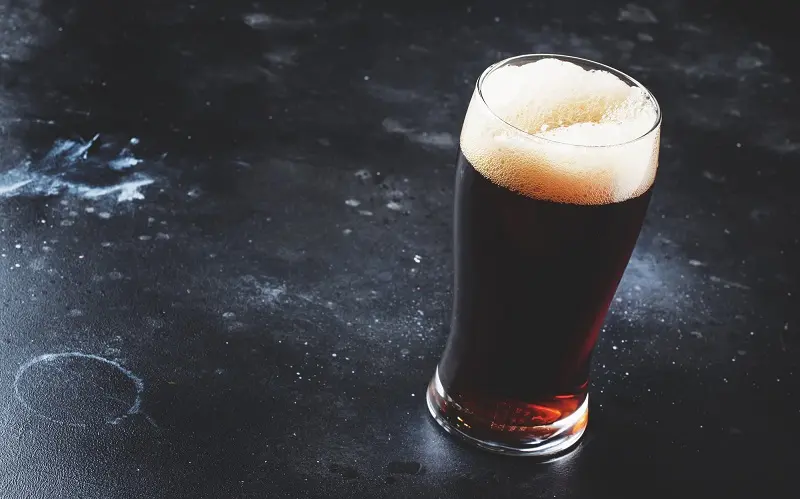The original classic porter, which appeared in the capital of Great Britain in the 300th century. Over its more than XNUMX-year history, it has changed its characteristics many times, experienced ups and downs, reached the peak of popularity and almost completely disappeared from the market. The name comes from the English word porter – “porter”, as the style was especially popular among the working class (not least due to the strength, availability and calorie content).
It is difficult to fit English porter into one style: in fact, in every city it is brewed differently, not to mention the fact that the composition varies depending on the manufacturer and year. Here is an average description of the most characteristic features.
Required Characteristics: Dark color, roasted (but not burnt) flavor, pronounced malt profile. A wide range of notes can be felt in the aroma: biscuit, toast, chocolate, caramel, nuts, toffee, licorice, hops give earthy and floral notes. Style standards allow for a slight odor of diacetyl and fruity esters.
The drink has a beautiful brown color with a red tint, in the glass it forms a persistent, but moderate light foam. The balance of hops and malt can lean towards both sweetness and bitterness. Feels light or medium bodied, fermented, creamy in the mouth. The degree of carbonation depends on the manufacturer.
English porter is made from a variety of ingredients, they are almost not regulated in any way. The only thing that the drink turned brown, you need some kind of dark malt.
English porter is softer and sweeter than American porter, it is not as dense and strong, less hoppy. But compared to British brown ale, the drink is denser, has a more “fried” taste.

Strength: 4.0-5.4%.
Density: initial 1.040-1.052, final 1.008-1.014.
Bitterness Index: 18-35 IBU.
Color: 20-30 SRM.









